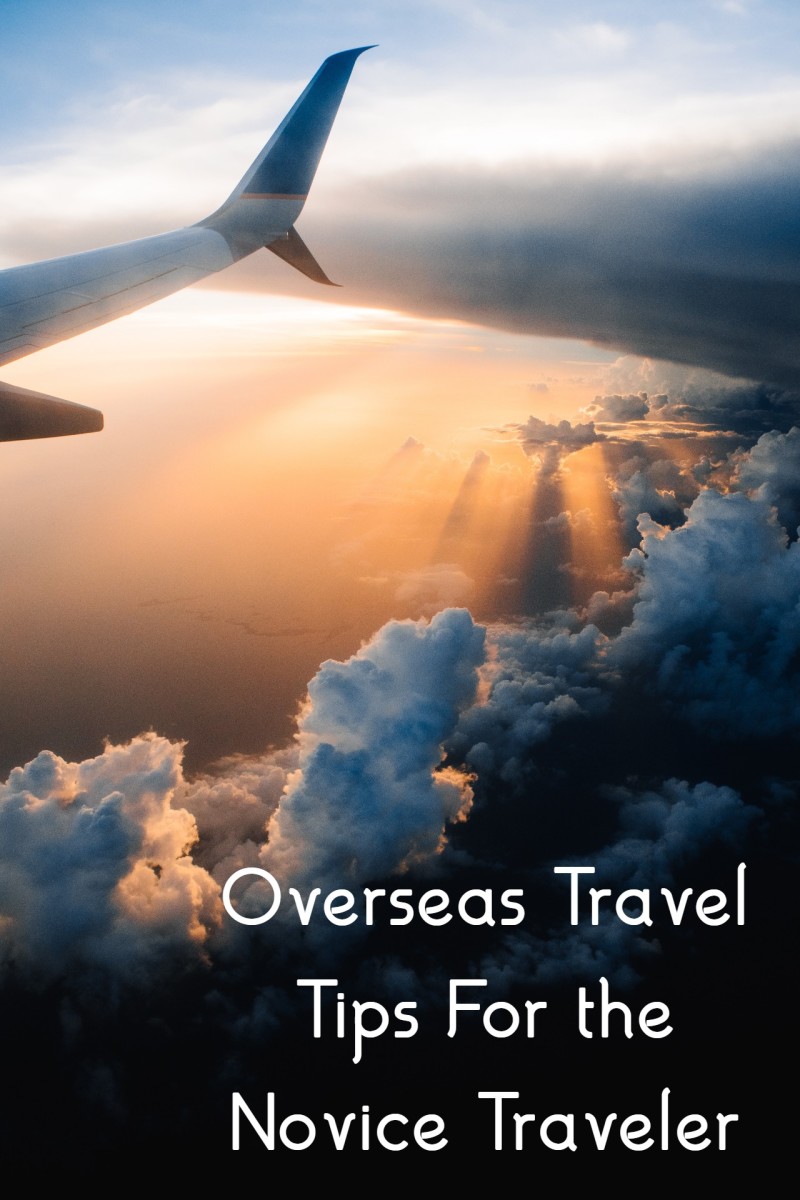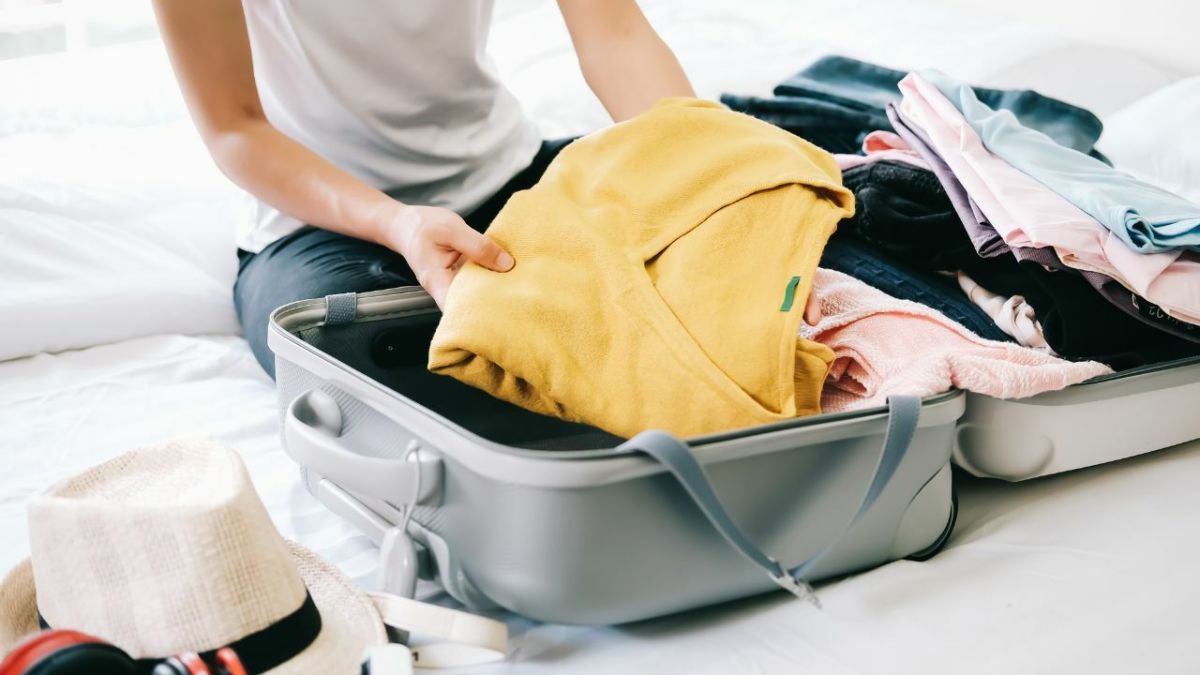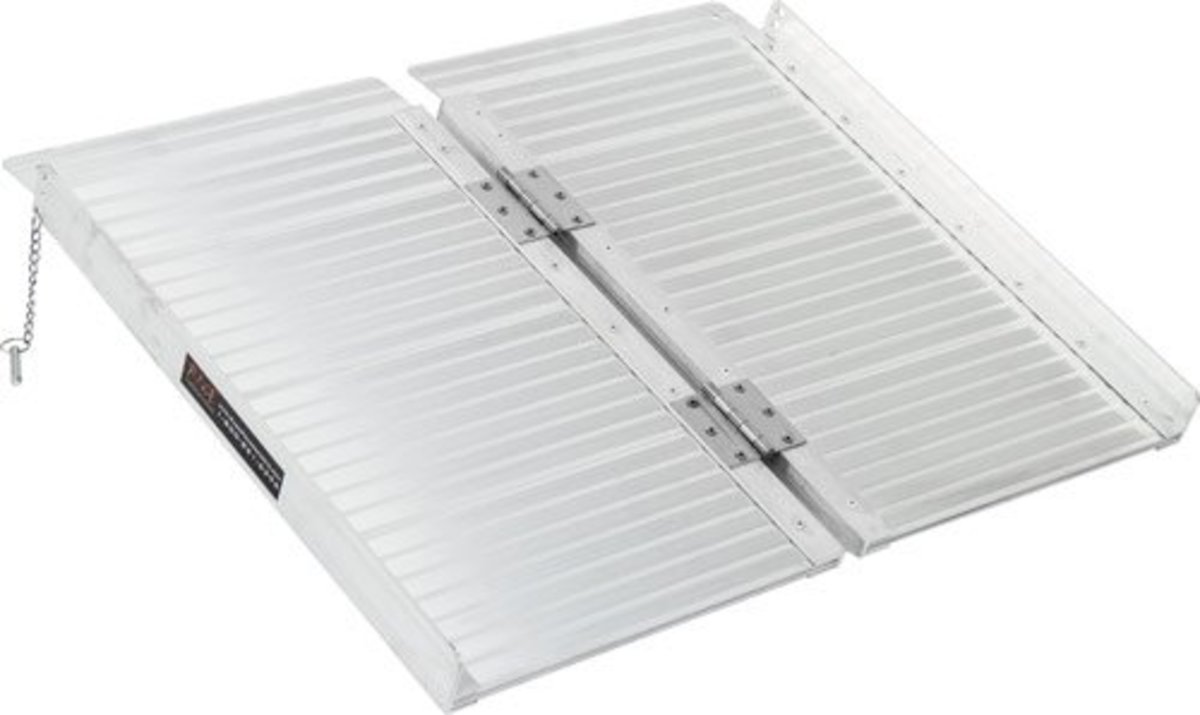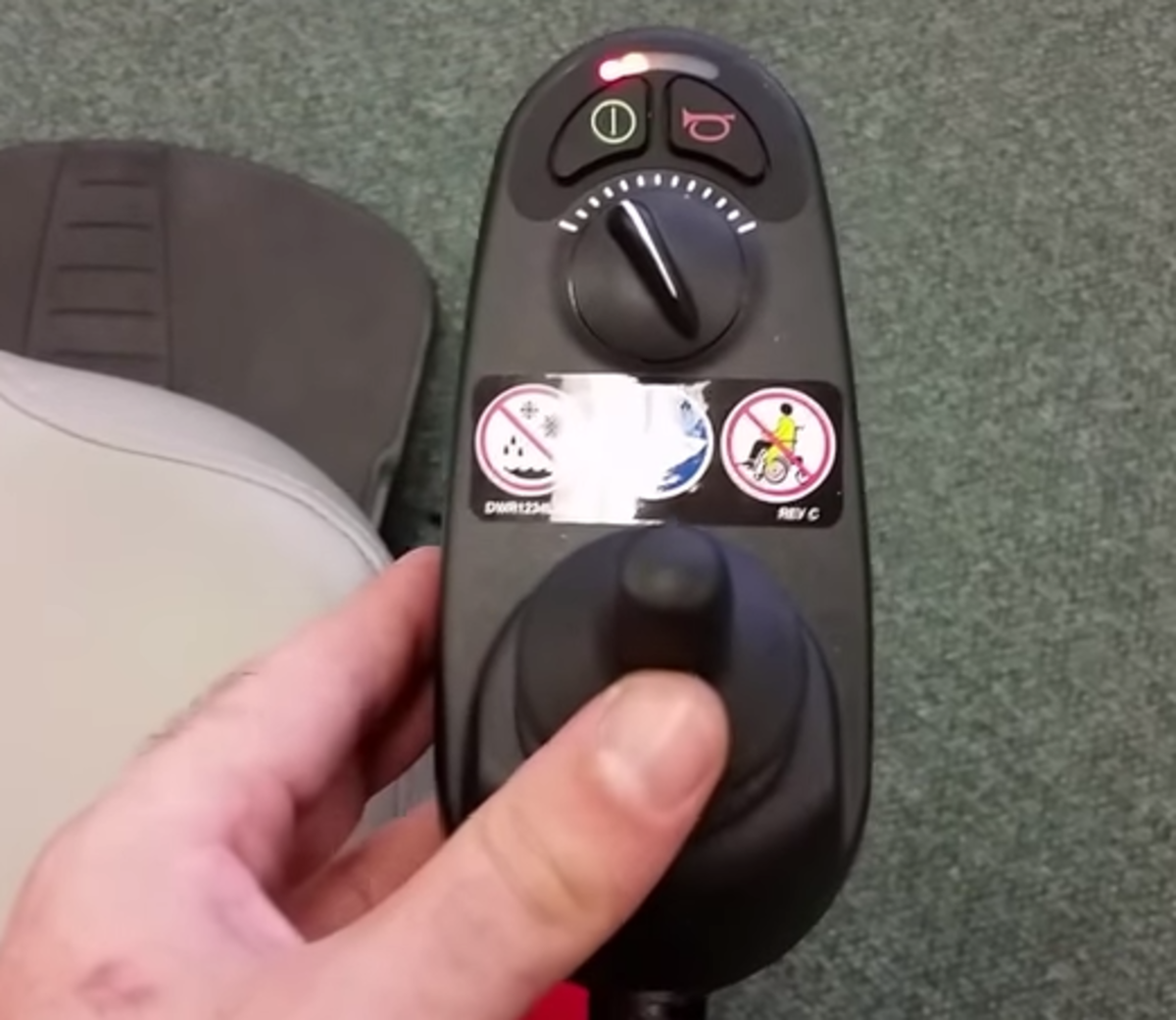Travel Oxygen Concentrator: Travel Tips
Oxygen Concentrator
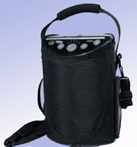
Travel Tips For Oxygen Therapy Patients
For the thousands of Americans that have been diagnosed with Chronic Obstructive Pulmonary Disease and must receive long term oxygen therapy, the advent of portable oxygen concentrators has been life changing. Everyday activities that most people take for granted are not so easy for anyone needing supplemental oxygen.
But things are easier now with portable oxygen delivery systems and especially travel oxygen concentrators.
For those who have been using extra oxygen for some time now, normal activities are relatively easy to cope with. (Obviously this depends on many factors, not least the extent of lung damage and age). But travel, until a very short while ago was a major, and many times exasperating and frustrating, exercise.
Anyone needing supplemental oxygen has to take more care and planning when preparing for travel. Whether it is a short trip, medium trip or a long trip. If you are going by car, by plane, by train or by ship, there are a series of things that you need to take into account.
Air Travel:
The FAA has approved the following POC's (portable oxygen concentrators) on flights originating or ending in the US: Inogen One, Respironics EverGo, Sequal Eclipse, Invacare XPO2 and the Airsep Lifestyle & Freestyle. Having said that it is your responsibility to make sure you comply with the airlines requirements.
Train Travel - AMTRAK:
When traveling with AMTRAK you must inform them at least 12 hours before your boarding time that you will be using supplemental oxygen. It is not a bad idea to let them know with even more anticipation.
If you are carrying a portable oxygen concentrator Amtrak indicates you that you cannot rely solely on electrical power provided by the train and that any oxygen delivery system must be able to operate for at least 4 hours under its own power (battery). Please note that for longer trips and potential delays it is always best to have greater back up facilities.
With reference to weight limitations any oxygen unit (tanks and additional equipment) must weigh less than 50 lbs per unit. Tank systems that are allowed can only be one of either a two tank system with a maximum weight of 50 lbs, or a system made up of 6 tanks with a maximum weight of 20 lbs and only if each tank can be handled on its own.
Ships and Cruise Vacations
If you are planning on taking a cruise, the first thing is for your travel agent to inform you of any requirements the shipping line has regarding supplemental oxygen. Normally passengers will organize their own oxygen arrangements - rentals are easily found on-line. You should also bring a letter from your doctor stating you can travel as well as your prescription.
Car Travel
If traveling by car you should make sure you have sufficient oxygen for the journey and possible delays. One thing you should also take into account is proper storage in the vehicle. If you use oxygen tanks make sure they will not be shifting around as this can be a major hazard. Portable oxygen concentrators are an excellent alternative as they can be both plugged into the lighter adapters or run with the use of batteries.
As a general rule you should always carry a copy of your prescription including oxygen litre flow and hours of use with you at all times as well as a current list of medications you are receiving. Make several copies of the prescription and medication list as you may need to present a copy to flight attendants or oxygen suppliers during your travel.
Travel With Oxygen: The Three Questions You Need To Answer
When you are traveling you want to keep things simple; and even more so when you are using oxygen. The answers to these questions will get you going.
- Will it last during travel? Look at the battery duration for portable concentrators - maybe a spare set; an extra tank; recharging possibilities.
- Can you carry your oxygen concentrator? In other words for travel, it has to be portable.
- What are the rules for taking your oxygen system? This comes into play mainly when traveling by plane, ship or train.
Travel Oxygen
Air Travel:
The FAA has approved the following POC's (portable oxygen concentrators) on flights originating or ending in the US: Inogen One, Respironics EverGo, Sequal Eclipse, Invacare XPO2 and the Airsep Lifestyle & Freestyle. Having said that it is your responsibility to make sure you comply with the airlines requirements.
Train Travel - AMTRAK:
When traveling with AMTRAK you must inform them at least 12 hours before your boarding time that you will be using supplemental oxygen. It is not a bad idea to let them know with even more anticipation.
If you are carrying a portable oxygen concentrator Amtrak indicates you that you cannot rely solely on electrical power provided by the train and that any oxygen delivery system must be able to operate for at least 4 hours under its own power (battery). Please note that for longer trips and potential delays it is always best to have greater back up facilities.
With reference to weight limitations any oxygen unit (tanks and additional equipment) must weigh less than 50 lbs per unit. Tank systems that are allowed can only be one of either a two tank system with a maximum weight of 50 lbs, or a system made up of 6 tanks with a maximum weight of 20 lbs and only if each tank can be handled on its own.
Ships and Cruise Vacations
If you are planning on taking a cruise, the first thing is for your travel agent to inform you of any requirements the shipping line has regarding supplemental oxygen. Normally passengers will organize their own oxygen arrangements - rentals are easily found on-line. You should also bring a letter from your doctor stating you can travel as well as your prescription.
Car Travel
If traveling by car you should make sure you have sufficient oxygen for the journey and possible delays.
- One thing you should also take into account is proper storage in the vehicle. If you use oxygen tanks make sure they will not be shifting around as this can be a major hazard. Portable oxygen concentrators are an excellent alternative as they can be both plugged into the lighter adapters or run with the use of batteries.
- As a general rule you should always carry a copy of your prescription including oxygen litre flow and hours of use with you at all times as well as a current list of medications you are receiving. Make several copies of the prescription and medication list as you may need to present a copy to flight attendants or oxygen suppliers during your travel.

